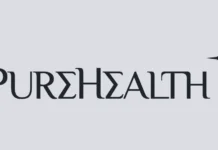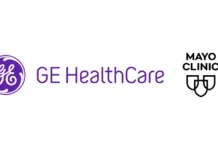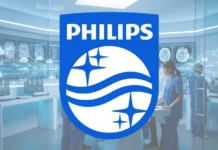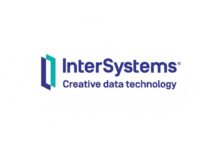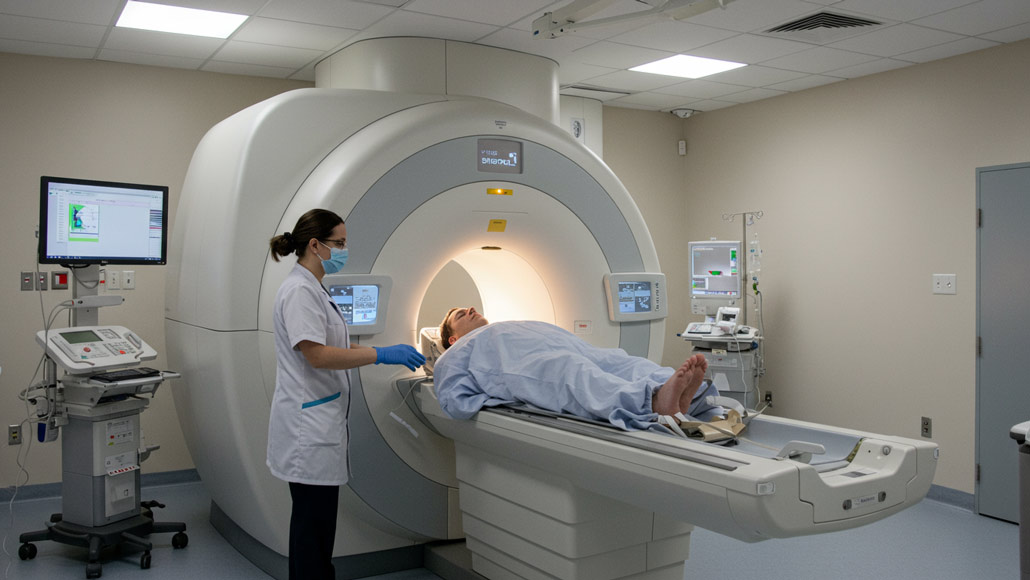During the magnetic resonance imaging (MRI) procedures, contrast agents like the rare metal gadolinium can go ahead and pose potential health issues. Researchers at the Hong Kong Polytechnic University – PolyU have gone on to spend years developing contrast-free scanning technology and have even successfully developed AI-powered virtual MRI images for precision tumor detection by offering a safe and smarter diagnostic pathway.
Nanopharyngeal carcinoma – NPC happens to be a challenging malignancy because of its location within the nose-pharynx, which is an intricate area surrounded by crucial structures like the skull base as well as cranial nerves. This cancer is especially prevalent in Southern China, where it happens at a rate that is 20 times higher than in non-endemic regions of the world, thereby posing a prominent health scare and burden.
The fact is that the infiltrative nature of NPC goes on to make accurate imaging critical when it comes to effective treatment planning, especially for radiation therapy, which happens to remain the primary treatment modality. In the past, contrast-enhanced MRI, which uses gadolinium-based contrast agents (GBCAs), has been the highest standard for delineating tumor boundaries. But the usage of GBCAs does carry risks, thereby underscoring the requirement for safer imaging choices.
It is well to be noted that gadolinium is indeed capable of elevating the visibility of internal structures. This is especially very useful in the case of NPC, where the infiltrative nature of the tumor needs accurate imaging so as to distinguish it from the surrounding healthy tissues. But it also happens to pose a significant health risk, which includes nephrogenic systemic fibrosis. It is a serious condition that is associated with gadolinium exposure, which leads to fibrosis of the skin, internal organs, and joints, thereby causing severe pain as well as disability. Moreover, there are recent studies that have shown that gadolinium can accumulate within the brain, thereby raising concerns about the long-term effects that it has.
The head and professor of the PolyU Department of Health Technology and Informatics, Prof. Jing Cai, has been exploring certain methods so as to eradicate the usage of GBCAs with a focus on applying deep learning in terms of virtual contrast enhancement (VCE) with MRI. In a published paper in the international journal of radiation oncology, biology, and physics in 2022, Prof. Cai as well as his research team went on to report the development of the multimodality-guided synergistic neural network—MMgSN-Net. In 2024, he further went on to develop the Pixelwise gradient model with generative adverse serial network – GAN for virtual contrast enhancement – PGMGVCE, which is reported in Cancers.
It is well to be noted that MMgSN-Net goes on to represent a prominent jump forward when it comes to synthesizing virtual contrast-enhanced T1-weighted MRI images, right from contrast-free scans, making utmost use of complementary information from T1-weighted and T2-weighted images in order to produce high-quality synthetic images. Its architecture goes on to include a multi-modality learning module, a self-attention module, a synergistic guidance system, and a multilevel module, as well as a discriminator, all working in tandem so as to optimize feature extraction along with image synthesis. It is designed in order to unravel the tumor-related imaging characteristics from each input modality by overcoming the barriers in terms of single modality synthesis.
The fact is that the synergistic guidance system happens to play a very critical role in fusing information from T1- and T2-weighted images, elevating the ability of the network to capture complementary features. Moreover, the self-attention module helps in preserving the shape of large anatomical structures, which is especially very significant for precisely delineating the intricate anatomy of NPC.
Building on the robust foundation that is laid by MMgSN-Net, the PGMGVCE model happens to introduce a novel approach towards VCE within virtual MRI imaging. This model blends pixelwise gradient methods along with GAN, which is a deep learning architecture, in order to elevate the texture as well as the detail of synthetic images.
Apparently, a GAN comprises two elements – a generator, which creates synthetic images, along with a discriminator, which assesses their authenticity. The generator, along with the discriminator, works together, with the generator enhancing its output based upon feedback coming from the discriminator.
Within the proposed model, the pixelwise gradient method, which is originally used in image registration, is perfect when it comes to capturing the geometric structures of tissues, while the GANs make sure that the synthesized images are visually indistinguishable as compared to real contrast-enhanced scans. The PGMGVC model architecture is designed in order to integrate as well as prioritize features from T1- and T2-weighted images, thereby making utmost use of their complementary strengths in order to produce high-fidelity VCE images.
In certain comparative studies, PGMGVCE went on to demonstrate similar precision to MMgSN-Net in terms of mean absolute error (MAE), mean square error (MSE), and structural similarity index (SSIM). But it did excel in texture representation by closely matching the texture of ground-truth contrast-enhanced images. While in terms of MMgSN–Net, the texture goes on to appear to be much smoother. This was evidenced by enhanced metrics like total mean square variation per mean intensity (TMSVPMI) as well as the Tenengrad function per mean intensity (TFPMI), which goes on to indicate more realistic texture replication. The capacity of PGMGVCE in order to capture complex details as well as textures suggests its superiority as compared to MMgSN-Net in certain elements, especially in replicating the authentic texture when it comes to T1-weighted images with contrast.
Apparently, fine-tuning the PGMGVCE model happened to involve exploring numerous hyperparameter settings as well as normalization methods in order to optimize the performance. The study found that a 1:1 ratio when it comes to pixelwise gradient loss to GAN loss went on to give out optimal outcomes by balancing the ability of the model to capture the texture as well as the shape. Moreover, numerous normalization techniques like z-score, sigmoid, and Tanh were tested in order to elevate the learning and generalization capabilities of the model. Sigmoid normalization emerged as one of the most effective methods, slightly outperforming its counterparts in regard to MAE and MSE.
Another element of the study went on to involve assessing the performance of the PGMGVCE model when trained with single Modalities – which would mean either T1-w or T2-w images. The outcomes went on to indicate that using both the modalities offered a more comprehensive representation of the anatomy, thereby leading to enhanced contrast improvement as compared to using either of the modalities alone. This kind of finding underscores the significance of integrating numerous imaging modalities in order to capture the complete spectrum when it comes to anatomical as well as pathological information.
Interestingly, the results of these findings are quite significant for the future of virtual MRI imaging within NPC. By eradicating the dependence on GBCAs, these models provide a much safer option for patients, especially for those having contraindications to contrast agents. Furthermore, the elevated texture representation that is attained by PGMGVCE can also lead to enhanced diagnostic precision, thereby helping the clinicians in better understanding and characterizing the tumors.
Notably, future research should stress expanding the training datasets of models and incorporating more MRI modalities in order to further elevate their diagnostic capacities and generalizability throughout varied clinical settings. As these technologies continue to take shape, they hold the potential to shift the medical imaging spectrum and offer a safer and more effective tool in terms of cancer diagnosis as well as its treatment planning.






